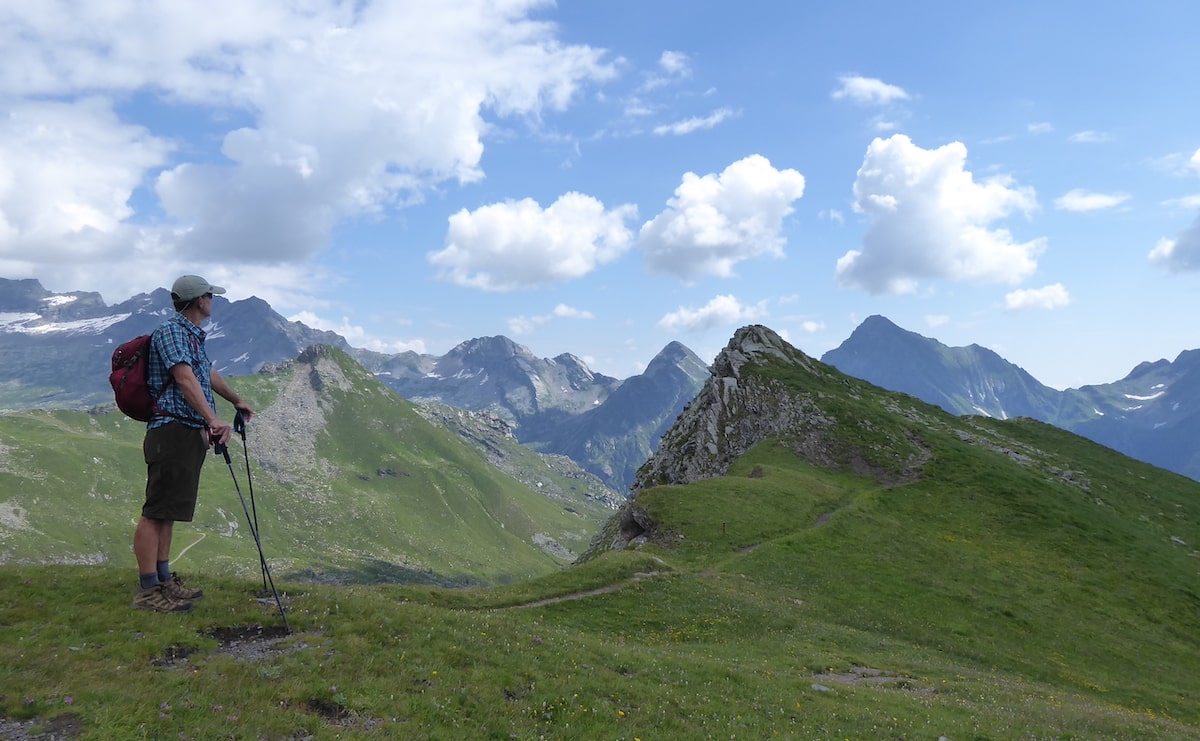
On the right foot: Choosing the best shoes for your trek
During a Ryder Walker village-to-village trek, you’ll spend a lot of time on your feet — hiking over passes in the Bavarian Alps, wandering through the bustling markets of Morocco or following ancient caravan paths in the mountains of Nepal.
Because of that, getting those feet into the right pair of shoes is imperative. It can mean the difference between a miserable day nursing blisters, or a joyful jaunt through some of the world’s most breathtaking landscapes. That’s why proper footwear tops our list of essential trip gear.
Finding the right footwear is a highly personalized process that requires time and thoughtfulness. It’s important to choose the style that best matches your specific activity set. Considerations like components, padding and materials should also be weighed. And, of course, finding the right fit is the most crucial piece of the puzzle.
But, once you make it to the trail and are trrekking happily along your route, feet happily ensconced in the perfect pair of shoes, you’ll know that it was worth the effort.
So, let’s walk through footwear types, materials and support — along with tips to help you find your perfect fit.
PICK YOUR STYLE
When it comes to hiking footwear, options run the gamut — from superlight breathable trail runners to heavy-duty thick-soled, over-the-ankle boots. The pair you end up with should reflect the activities you plan to do in them.
Lightweight
Shoes in this category are low-cut, breathable and more flexible — designed for day hikes, training runs or short overnight jaunts. Since Ryder-Walker’s village-to-village tours consist of a series of day hikes that don’t require carrying heavy overnight packs, lightweight hiking shoes or trail runners are appropriate for many of our clients.
Mid-level
Designed for light backpacking or more technical hiking, these mid- to high-cut models come with more support and some flexibility. They can better withstand off-trail hiking or obstacles and are not as hard to break in as their stouter counterparts. These are a great option for hikers who: want something sturdier underfoot, are heavier in body type, need extra ankle/knee support or plan to carry more than a daypack.
Backpackers
Designed for carrying heavy loads on multi-day trips, these hulking high-cut boots come with high ankle support, stiffer shells and thick soles. This heavy model is most appropriate for dedicated backpackers heading deep into the backcountry. They can definitely be overkill for our trips, but avid backpackers or mountaineers may prefer them. If you go this route, be sure to break them in thoroughly before your trip.
MATERIAL CONSIDERATIONS
When shopping for your shoes, it’s also important to think about what kinds of materials are most appropriate for your activity set. Are you looking for waterproof or breathable? Leather or synthetic? Insulated or not? Here is a glossary of some common hiking shoe materials to help you navigate the world of materials.
- Full-grain leather. This refers to thick leather that hasn’t undergone processes like sanding to remove imperfections. Most commonly used in heavy-duty backpacking boots, full-grain leather boots are extremely durable and water resistant, but are not terribly light or breathable, and typically require more break-in time.
- Split-grain leather. Split-grain leather, which is leather that has been “split” into thinner layers, is typically paired with nylon or mesh on mid-level hiking boots. The resulting boots are more breathable, flexible and easier to break in, but because they have more seams, are less durable and waterproof.
- These encompass polyester, nylon and synthetic leather materials, and are found in mid- and light-weight boots. Boots made with synthetics are generally lighter, breathable and faster-drying. But they aren’t as long-lasting.
- Waterproof membranes. This refers to boots made with a shell of waterproof material like Gore-Tex, which keep them well-sealed. Though they are great in stream-crossings or wet weather, they are less breathable and can be hot.
- Generally, only heavy-duty backpacking or mountaineering boots designed for travel in snow or glaciers come with synthetic insulation.
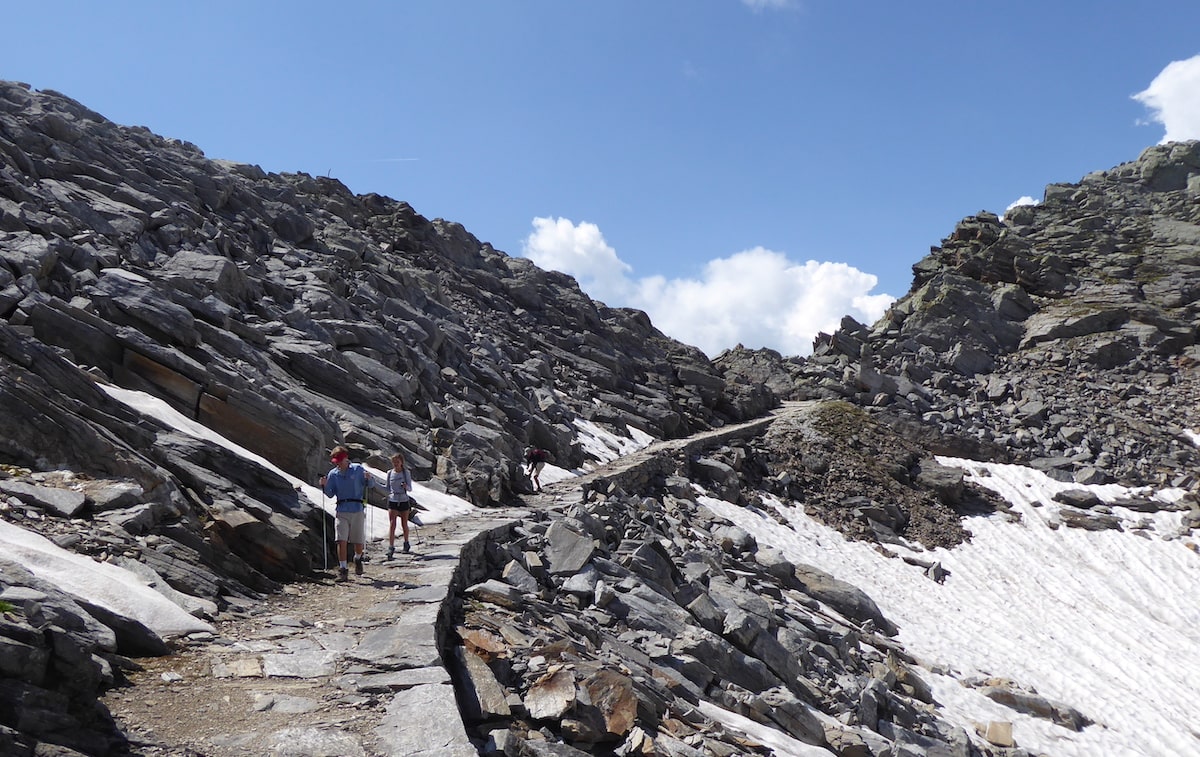
FINDING YOUR PERFECT FIT
We have arrived at the most important step in your boot-buying process. No matter how durable, flexible or snazzy looking, boots will be worthless if they don’t fit. We recommend you carve out some time to spend at the retailer — you’ll need it to properly test out your shoes.
How do you find the best fit? Seek out boots that are snug without being too tight or too loose. This means that your toes should move freely but shouldn’t be swimming with room. Same goes for your heels: they should sit snugly in the shoe, not move freely when you walk. Pay attention to potential hot spots — places where the shoes rub or press uncomfortably against your foot — they are major blister culprits. And choose a pair with enough padding and arch/ankle support to cushion your joints. Here are some tips to guide you.
- Choose a knowledgeable retailer. For the most informed source of guidance, stick to outdoor gear stores whose salespeople practice what they preach. They’ll be able to measure your feet with expertise and steer you to the styles that match your purpose.
- Wear hiking socks. This will help you get your most precise fit and realistic sense of how the shoes will perform on the trail. (Remember, this means synthetic or wool blend, not cotton.)
- If you wear orthotics, bring them. Insoles can bolster support or comfort. Ask the salesperson if you are interested in trying them.
- Try on boots at the end of the day. Feet generally swell during the day. This will help avoid buying boots that are too small.
- Spend time testing shoes out. Walk around the store, up and down stairs and, if possible, up and down inclined surfaces. Then walk some more. Notice if your feet move too freely or feel scrunched. Notice if your toes rub uncomfortably against the front of the shoe. Notice if your heels feel pinched. Keep walking until you are sure you’ve found the right pair.
A FINAL NOTE: BREAK THEM IN
You’ve done the research, spent the time, and purchased a pair of shoes that perfectly fit both your feet and your activities. However, the work’s not done yet.
In order to fully prepare for a village-to-village trek (or anything that requires extensive use of your shoes, for that matter), you need to break them in. No shortcuts will do. Shoes and feet, simply, need time to conform to one another.
To break them in, begin by wearing them around the house (along with the socks and insoles you’ll bring to the trail). Spend time standing, pacing or walking in them. Wear them to work if it’s appropriate. When that feels comfortable, begin taking jaunts — to run errands around town, for example. Work your way up to longer walks, then trail hikes, then longer trail hikes. When you get to the point where you can spend a long day on the trail in your shoes and your feet are well-supported, comfortable and happy, you’ve broken in your shoes.
Congratulations. You — and your feet — are ready for anything now, from roaming the Isola de Capri in Italy to hiking to Peru’s famed Machu Picchu and trekking around the Matterhorn. Check out more gear information via our essentials list, base layers, and outer layers posts.

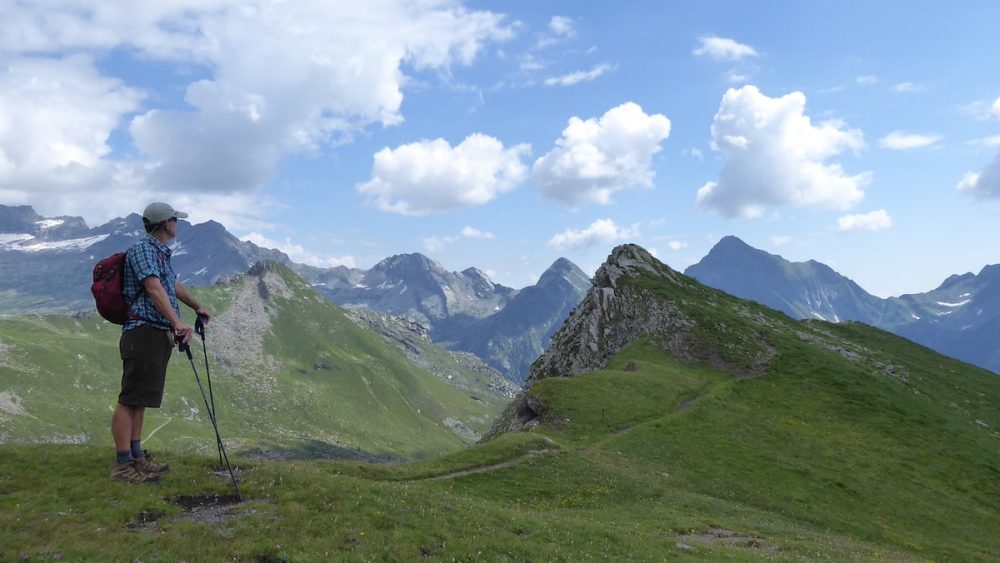
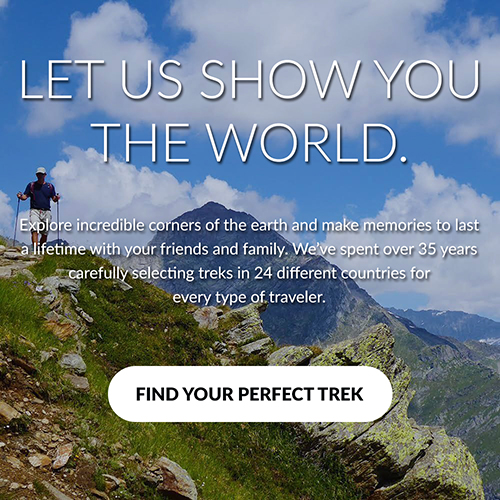
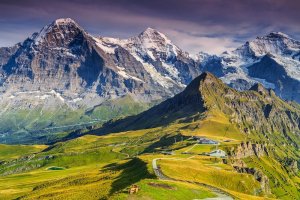

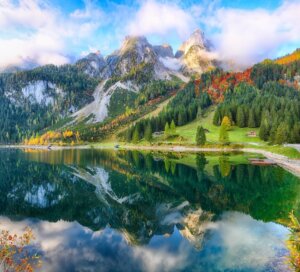
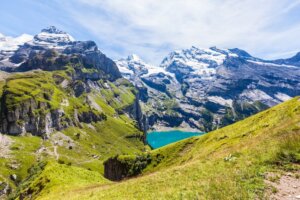
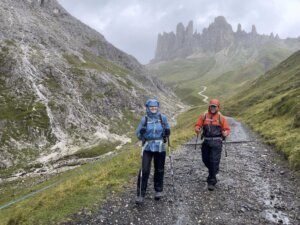


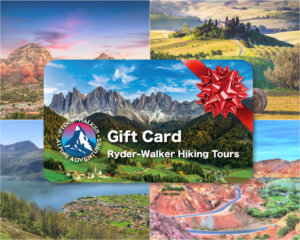
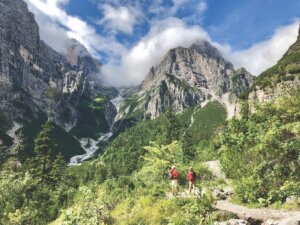
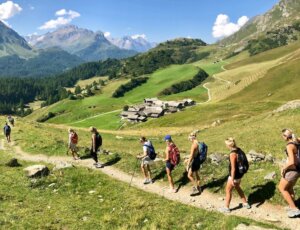
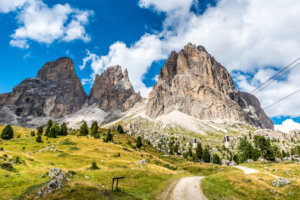








Comments are closed.